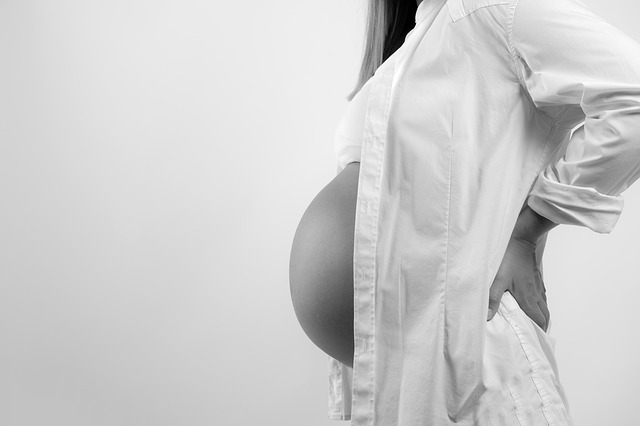Water break is a common cause of worry among expecting mothers. They are curious about when, and how will their water break happen, and how will it feel like. You can’t completely rely on one women’s experience as everyone has their own distinctive experience. Where some moms experience a slow dribble of water, for other moms it can be a rush of fluid release. Read this post to get a complete idea about when your water will break, how it will happen, and what to be done under those cases.
Why does your water break?
Your “water breaking” is referred to as the damage of the amniotic sac that indicates nearing the birth of the baby. It happens due to the initiation of the chemical chain reaction that starts labor. This condition generally happens when a woman approaches the 40th week of her pregnancy. Doctors point it to a series of complex factors, that includes brain signals obtained from the fetus.
How does it happen?
At the time of the breaking of your water, you may experience wetness either on the perineum or in the vagina. It is felt as constant or recurrent leakage of a tiny quantity of watery fluid from the vagina, or a gush of pale, or clear yellow fluid.
What exactly happens when your water breaks?
At the time of pregnancy, your fetus is enclosed and cushioned via a membranous sac that is filled with fluid. This sac is referred to as an amniotic sac. The amniotic fluid that flows in it aids the development of the digestive system, and lungs of the baby, and also maintains a steady temperature.
At the start of the labor, or during labor, the membranes start to rupture, which is called “your water breaking”. If it happens before the commencement of labor, then it is called PROM or “pre-labor rupture of membranes”.
What Does It Feel Like When Your Water Breaks?
Every woman has her own unique experience of breaking her water. The signs of water breaking comprise of either a slow leakage of water from the vagina or an abrupt flow of water. Where some women feel a little pop, others can feel fluid to come out in excess at the time of switching positions.
The head of the baby can act like a cork that acts as a stopper on the cervix. Your water break happens is related to the movement of the baby’s head that causes more release of fluid. Also, when a woman experiences contraction, then more fluid comes out. Not just the extent of fluid flow, but the way it gets released from the body also varies among women.
Under normal conditions, the color of fluid released at the time of your water breaking is pale yellow, or colorless. It has no smell. The amount of this fluid increases when a woman reaches about the 36th week of her pregnancy.
How to differentiate between water breaking or a vaginal discharge?
Vaginal discharge is characterized as a thin fluid that has milky-white consistency. On the other hand, Amniotic fluid is a straw-colored or pale fluid.
What to do if your water gets broken?
It may not be easy for a woman to figure out the occurrence of breaking of your water. Sometimes they can’t differentiate between amniotic fluid, vaginal discharge, and urine. If you are sure that your water is broken, then the first thing you need to do is to reach out to your health care provider.
If he requires you to hold on for the next 12 hours for contractions to happen, then you will require to protect yourself as well as your baby against getting infected now that the “safety shield” of the amniotic sac is breached. Maxi pads or Pantyliners can be used to prevent the amniotic fluid to wet your clothes. Maintain vaginal hygiene.
Your doctor may advise you to perform a physical examination to confirm leakage of amniotic fluid. An ultrasound could be carried out to check the levels of amniotic fluid released from the body. After these tests, your baby will be assessed to arrive at the next steps.
If you are tested +ve for Group B Strep nearing your due date, then your doctor may advise you to get admitted to the hospital after the water breaks. This is due to increased chances of infection.
Following are the cases when you would need to seek immediate medical intervention:
- When your water breaks and the discharged fluid has brown or green color.
- You are 37 weeks pregnant or below
- You feel sensation in the vagina or even see a tissue of the “umbilical cord” at the opening of the vagina.
Also read: Signs and symptoms of labor
Conclusion
If your water breaks and the fluid that comes out is green, or brown in color, or you are in the last trimester of pregnancy, then it indicates a serious concern. Get proper treatment, to prevent acute complications not just for the healthy development of the fetus, but also for the safety of the pregnant woman.

